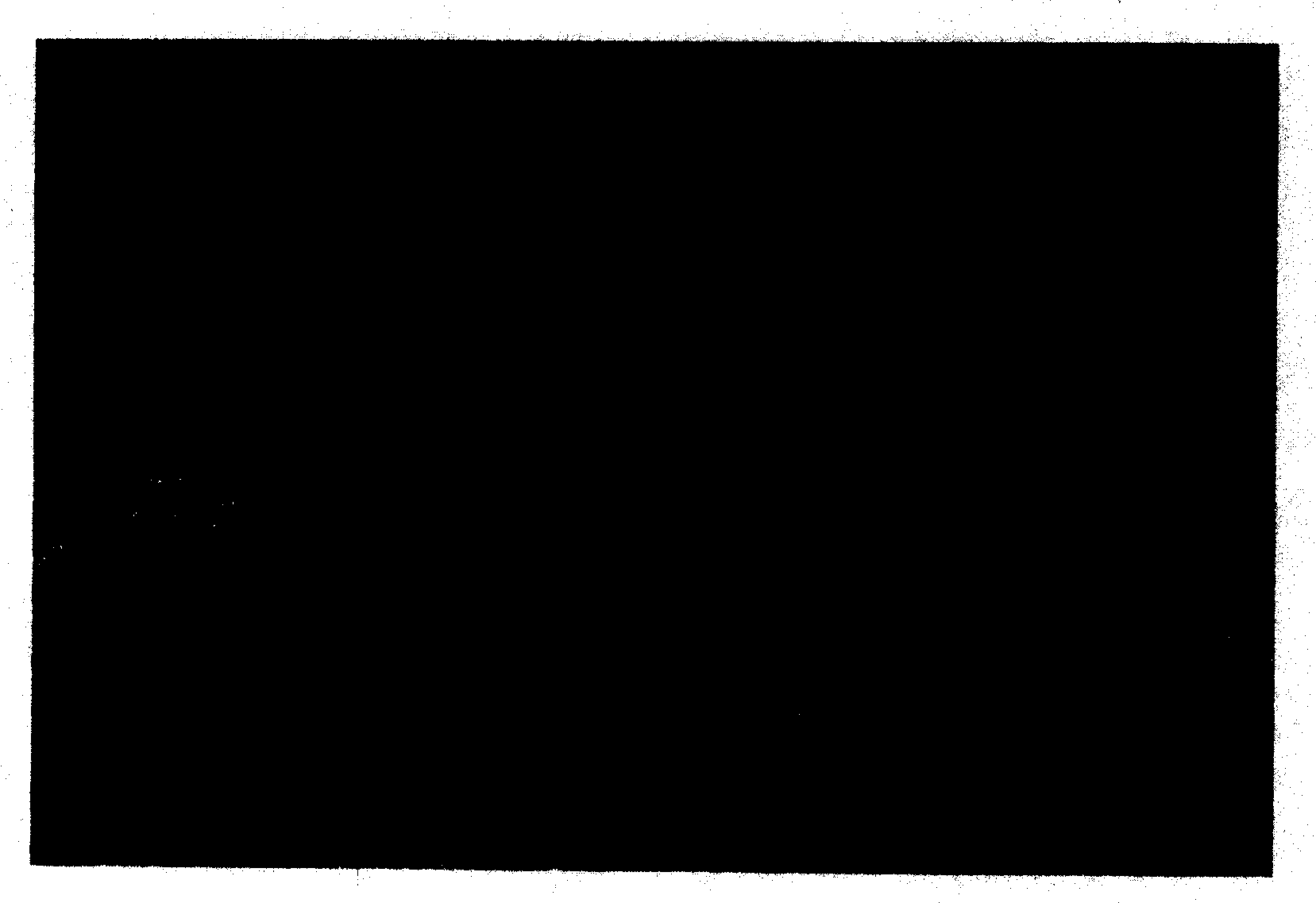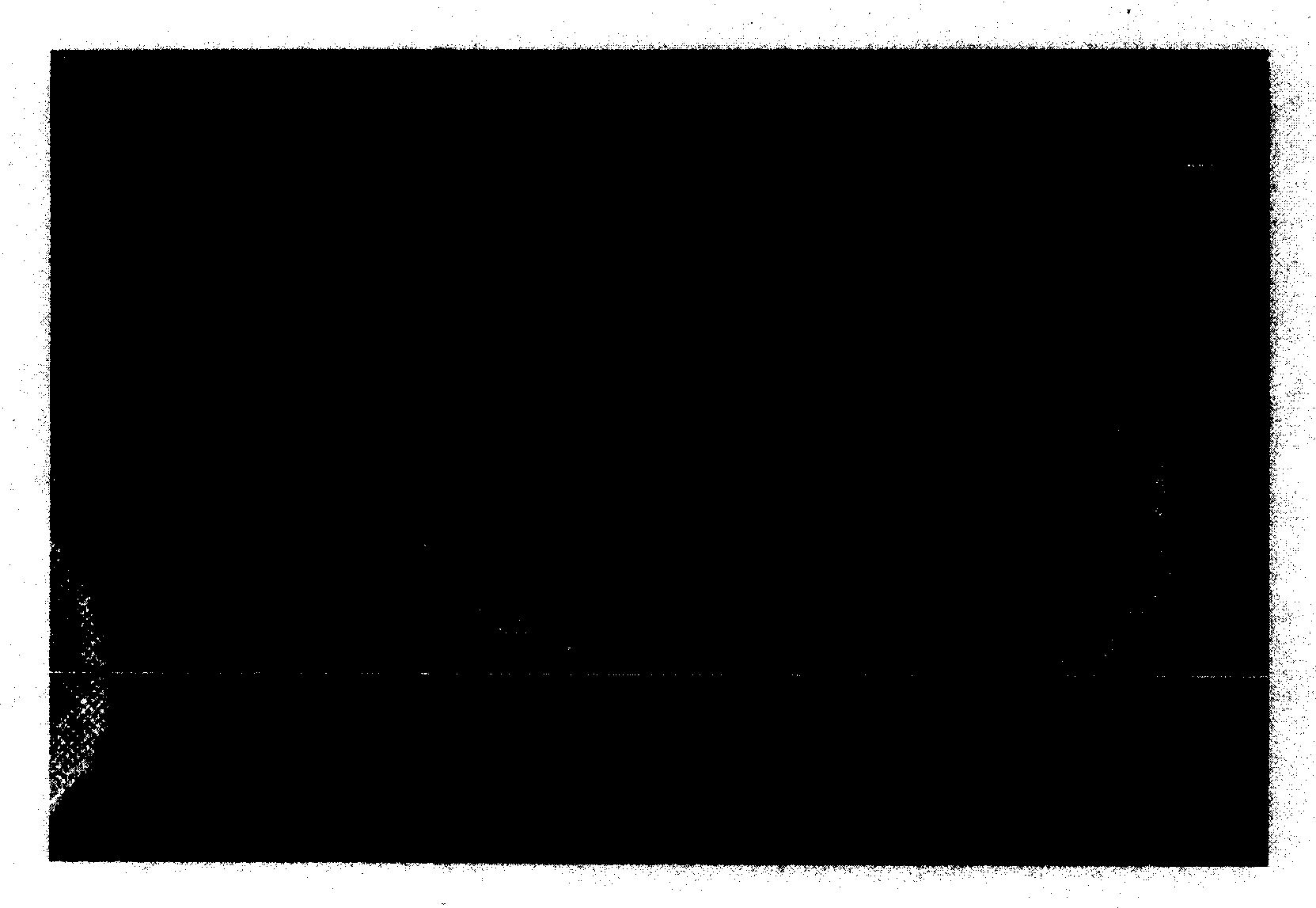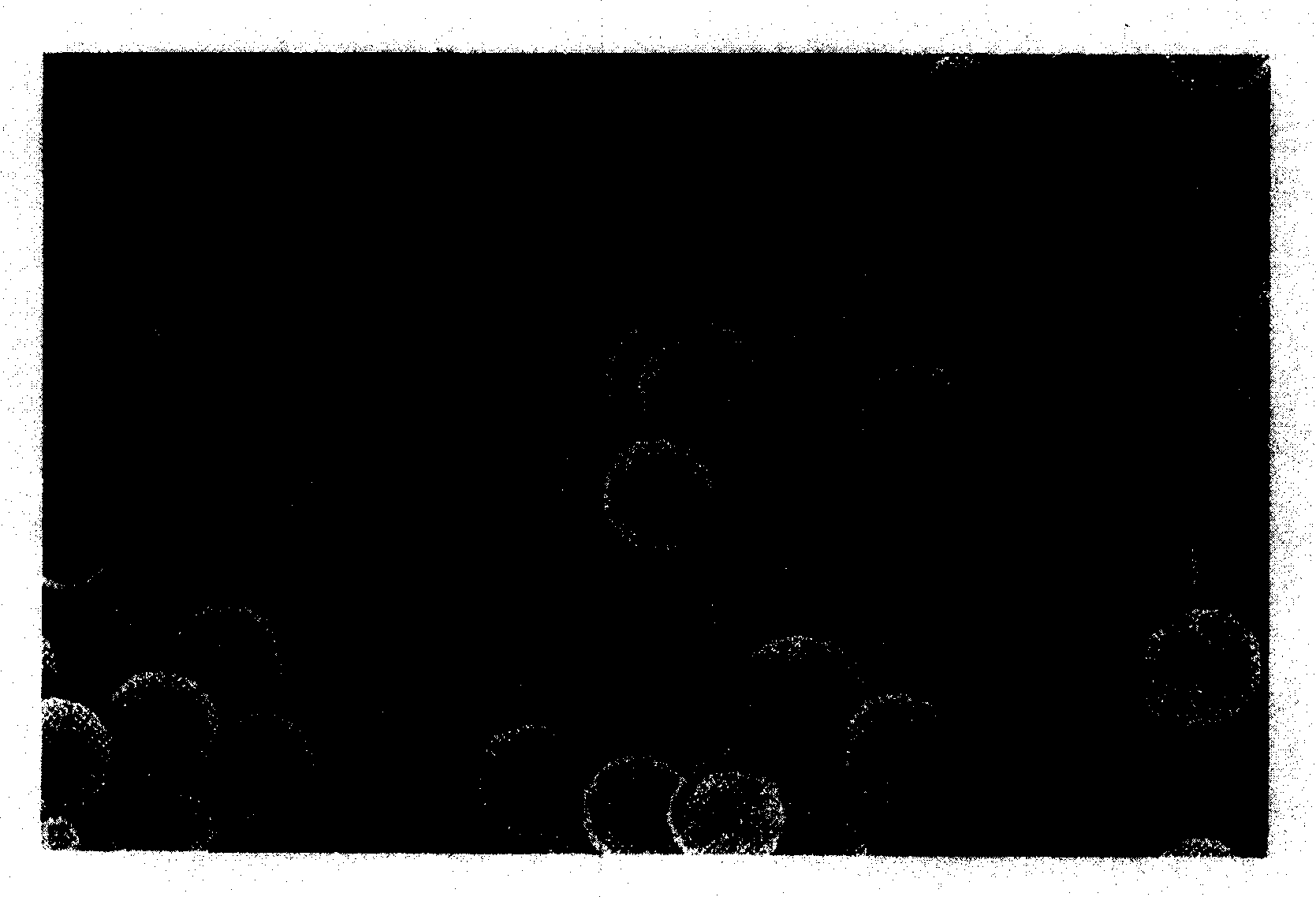Synthetic fiber containing powders with the shape of hollow sphere
A technology of synthetic fibers and hollow spheres, applied in the chemical characteristics of fibers, textile and papermaking, rayon manufacturing, etc., can solve problems such as poor fiber performance
- Summary
- Abstract
- Description
- Claims
- Application Information
AI Technical Summary
Problems solved by technology
Method used
Image
Examples
preparation example Construction
[0023] As for the preparation method of the fiber, besides the commonly used synthetic fiber spinning method, an air extrusion method may also be used.
[0024] The present invention will be better understood according to the description of the following examples, wherein the listed examples are for the purpose of illustrating the present invention rather than limiting it.
Embodiment 1
[0026] Available on the market with an apparent specific gravity of 0.15g / cc, an average particle size of 2μm, and a SiO content of 98%. 2 Silica spheres with smaller particle sizes are separated from the hollow silica spheres. The apparent specific gravity of the separated silica spheres is 0.18g / cc, the average particle size is 0.65μm, and 90% of the particle size is 1.3μm. And the maximum particle size is 2.2 μm.
[0027] The hollow spheres separated in this way are carried out masterbatch preparation process together with polypropylene resin, and the polypropylene masterbatch sheet (granule) that contains 10wt% hollow silicon dioxide sphere is prepared, and this polypropylene masterbatch sheet is then further combined with polypropylene resin Blending and spinning of synthetic fibers was performed to produce a 1.2 denier polypropylene yarn containing 1.5 wt% hollow silica spheres.
[0028] The relative density of the prepared fiber is 0.96, wherein the meaning of relative...
Embodiment 2
[0030] Polystyrene microspheres with uniform particle size were synthesized by emulsion polymerization, and the microspheres were separated from the emulsion ( figure 1 ). Then, TEOS (tetraethylorthosilicate) was hydrolyzed and coated onto the microspheres, which were then allowed to dry. The inner polystyrene was dissolved in dichloromethane to obtain hollow silica spheres ( figure 2 ). The hollow silica spheres have a uniform particle size and a diameter of 1.0 μm. In order to determine the shape of these silica particles, the particles were cut and observed. From the observation results, it can be seen that the silicon dioxide is a hollow sphere ( image 3 ).
[0031] The hollow spheres were subjected to the same process as in Example 1 to obtain a 1.2 denier polypropylene yarn containing 1.5 wt% hollow silica spheres. Its relative density is 0.94.
PUM
| Property | Measurement | Unit |
|---|---|---|
| particle size | aaaaa | aaaaa |
| particle size | aaaaa | aaaaa |
| particle size | aaaaa | aaaaa |
Abstract
Description
Claims
Application Information
 Login to View More
Login to View More - R&D
- Intellectual Property
- Life Sciences
- Materials
- Tech Scout
- Unparalleled Data Quality
- Higher Quality Content
- 60% Fewer Hallucinations
Browse by: Latest US Patents, China's latest patents, Technical Efficacy Thesaurus, Application Domain, Technology Topic, Popular Technical Reports.
© 2025 PatSnap. All rights reserved.Legal|Privacy policy|Modern Slavery Act Transparency Statement|Sitemap|About US| Contact US: help@patsnap.com



